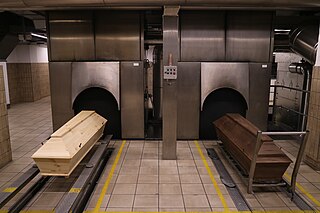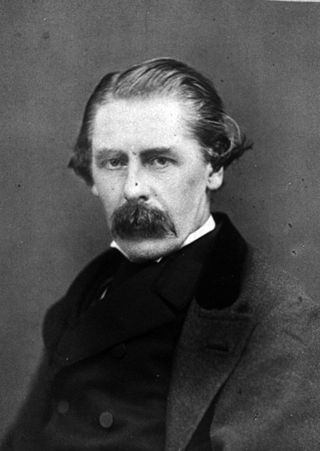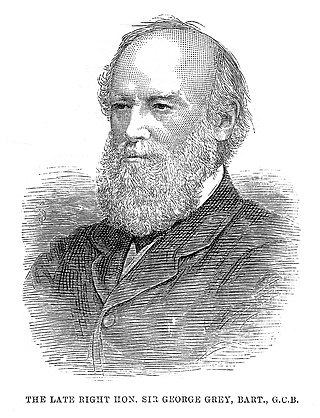
Golders Green Crematorium and Mausoleum was the first crematorium to be opened in London, and one of the oldest crematoria in Britain. The land for the crematorium was purchased in 1900, costing £6,000, and the crematorium was opened in 1902 by Sir Henry Thompson.

Cremation is a method of final disposition of a dead body through burning.

The London Necropolis Company (LNC), formally the London Necropolis & National Mausoleum Company until 1927, was a cemetery operator established by Act of Parliament in 1852 in reaction to the crisis caused by the closure of London's graveyards in 1851. The LNC intended to establish a single cemetery large enough to accommodate all of London's future burials in perpetuity. The company's founders recognised that the recently invented technology of the railway provided the ability to conduct burials far from populated areas, mitigating concerns over public health risks from living near burial sites. Accordingly, the company bought a very large tract of land in Brookwood, Surrey, around 25 miles (40 km) from London, and converted a portion of it into Brookwood Cemetery. A dedicated railway line, the London Necropolis Railway, linked the new cemetery to the city.

Brookwood Cemetery, also known as the London Necropolis, is a burial ground in Brookwood, Surrey, England. It is the largest cemetery in the United Kingdom and one of the largest in Europe. The cemetery is listed a Grade I site in the Register of Historic Parks and Gardens.

Frederick William Hervey, 1st Marquess of Bristol, styled Lord Hervey between 1796 and 1803 and known as The Earl of Bristol between 1803 and 1826, was a British peer.

David Boyle, 7th Earl of Glasgow,, was a British naval commander and colonial governor. He served as Governor of New Zealand between 1892 and 1897.
Richard Fleming George Charles Grey, 6th Earl Grey was a British hereditary peer.

Cremation is a method used to dispose of the deceased in the Christian world despite historical opposition to the practice.

A crematorium or crematory is a venue for the cremation of the dead. Modern crematoria contain at least one cremator, a purpose-built furnace. In some countries a crematorium can also be a venue for open-air cremation. In many countries, crematoria contain facilities for funeral ceremonies, such as a chapel. Some crematoria also incorporate a columbarium, a place for interring cremation ashes.
The Iron and Steel Institute was a British association originally organized by the iron trade of the north of England. Its object was the discussion of practical and scientific questions connected with the manufacture of iron and steel.
George Tomline, referred to as Colonel Tomline, was an English politician who served as Member of Parliament (MP) for various constituencies. He was the son of William Edward Tomline and grandson of George Pretyman Tomline.

The Cremation Act 1902 is an Act of Parliament of the Parliament of the United Kingdom. The major purpose of the Act was to allow burial authorities to establish crematoria. Later revisions of the Act outlawed open air cremations using funeral pyres, although in 2010 the Court of Appeal ruled this practice to be legal under certain circumstances.

Mortlake Crematorium is a crematorium in Kew, near its boundary with Mortlake, in the London Borough of Richmond upon Thames. It opened in 1939, next to Mortlake Cemetery.

The City of London Cemetery and Crematorium is a cemetery and crematorium in the east of London. It is owned and operated by the City of London Corporation. It is designated Grade I on the Historic England National Register of Historic Parks and Gardens.
Jeanette Pickersgill was an English painter, She was the first person to be legally cremated in the United Kingdom, at Woking Crematorium in Surrey.

Woking Crematorium is a crematorium in Woking, a large town in the west of Surrey, England. Established in 1878, it was the first custom-built crematorium in the United Kingdom and is closely linked to the history of cremation in the UK.

Sir Henry Thompson, 1st Baronet, was a British surgeon and polymath. His interest was particularly in the surgery of the genito-urinary tract.

Sir George Grey, 1st Baronet, was a British Royal Navy officer and a scion of the noble House of Grey who served as Master and Commander of the Mediterranean Fleet. He joined the Royal Navy at the age of 14 and was on active service from 1781 to 1804, serving in the American War of Independence, the French Revolutionary War and the Napoleonic War. He served as Flag Captain for John Jervis, Earl of St Vincent and later as Flag Captain for King George III on his royal yacht. From 1804 to 1806, he was Commissioner at Sheerness Dockyard, and from 1806 until his death in 1828 he was Commissioner at Portsmouth Dockyard.

Birmingham Crematorium is a Protestant crematorium in the Perry Barr district of Birmingham, England, designed by Frank Osborne and opened in 1903. A columbarium was added in 1928. The crematorium is now owned and operated by Dignity plc.
















